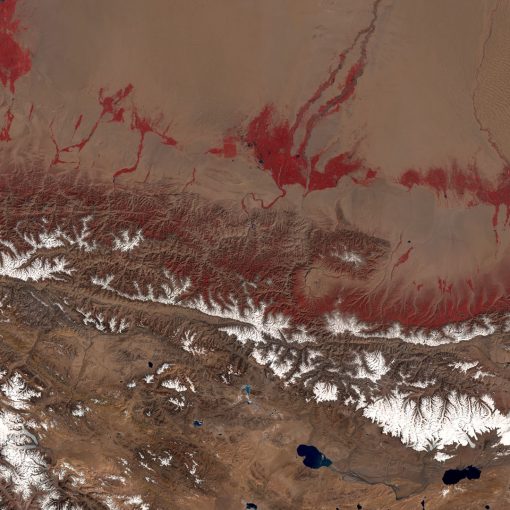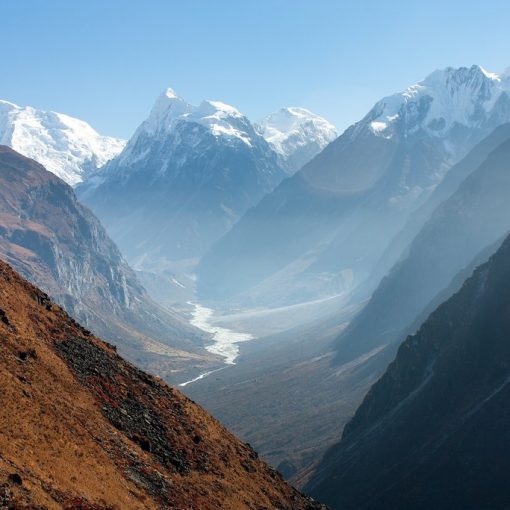The steep terrains and abundant rivers in the Hindu Kush Himalayas (HKH) provide promising grounds for hydropower development. However, past hydropower development in the region has come under much scrutiny for not sufficiently considering the impacts of hydropower projects beyond energy generation. The latest open access study under the SustaIndus project, which was led by Sanita Dhaubanjar, brings forth a holistic framework that enables the systematic inclusion of diverse factors beyond energy to explore hydropower potential that will be sustainable in the long run.
Using the upper Indus basin as a case study, the framework develops four classes of hydropower potential: theoretical, technical, economic and sustainable (Figure 1). These classes demonstrate the successive decline in realistically achievable hydropower potential as we filter the naturally available head and discharge using a series of known technical, economic and sustainability criteria. These criteria bring together over 30 datasets to represent the constraints that were identified through iterative discussion with hydropower experts from the basin using the Delphi method. The technical and economic potential consider status quo technical design, legal practice and industry standards for hydropower siting, sizing and configuring. The sustainable potential additionally accounts for the linkages with the water-energy-food-environment nexus, geo-hazard risk, climate change and social preferences. These classes aim to scan the hydropower potential in the water stressed Indus basin by considering the implication of hydropower development for fulfilling not only the sustainable development goal (SDG) to reach energy security (SDG 7) but also food and water security (SDG 2 and 6).

We are now working on implementing the framework and quantifying the various classes of hydropower potential in the Indus. A generated portfolio of potential projects will form the key entry point for the main objective under SustaIndus to identify water resources development pathways to simultaneously achieve water (SDG 6), energy (SDG 7) and food (SDG 2) security in the Indus basin.
For more details, check our video presentation at AGU 2020 or our preliminary outputs presented at EGU 2021. Stay tuned for updated on results of the framework implementation!
Dhaubanjar, Sanita, Arthur F. Lutz, David E.H.J. Gernaat, Santosh Nepal, Wouter Smolenaars, Saurav Pradhananga, Hester Biemans, Fulco Ludwig, Arun B. Shrestha, and Walter W. Immerzeel. 2021. “A Systematic Framework for the Assessment of Sustainable Hydropower Potential in a River Basin – The Case of the Upper Indus.” Science of The Total Environment 786 (September): 147142. 2.




